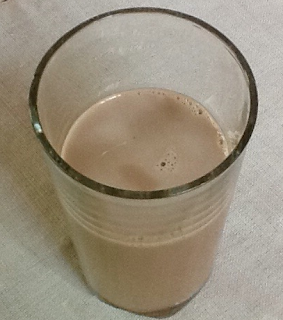This simple but festive dessert has very few ingredients, and none of them are common allergens.
 |
| Quince sweet served with a bit of its syrup on the plate and whipped coconut cream on top |
4-6 medium quinces
1 lemon wedge
sugar (See Sugar in the Glossary)
1 cinnamon stick
4-6 cloves
Cut each quince in half vertically (i.e. starting from the stem) and peel it. Cut the seedy center out, but do not throw it away. Rub the quince with the lemon wedge; this will keep it from browning while you peel the rest of the quinces. Arrange the quince halves flat side up 1 layer deep in a pan. Add the seeds (they well help give the quince a nice pinkish color as it cooks), the cinnamon stick and the cloves. Spoon 2 Tb. of sugar onto each quince half. Add just enough water to keep the quinces covered. Bring to a boil and simmer until the quinces are soft. How long this takes depends on the variety, size and ripeness of the quinces, but is sure to be at least 30 minutes.
Remove the quinces to a serving dish. Strain the syrup left in the pan, put it on high heat, and reduce it to equal the amount of sugar you added (1/4 c. per quince). Pour the syrup over the quinces. Serve warm or cold. Garnish with any of the following that you are not allergic to:
whipped cream
whipped coconut cream (See Coconut and Whipped Cream in the

















